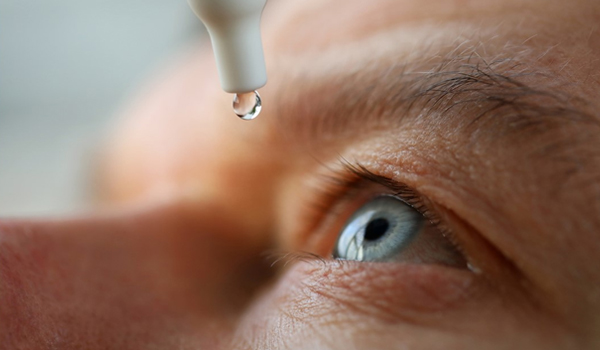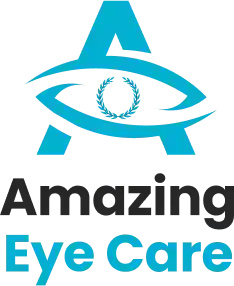
At Amazing Eye Care, our certified optometrist is equipped to diagnose and treat glaucoma. Utilizing advanced technology, such as the Optomap Daytona, we excel at detecting early signs of glaucoma through thorough screening and annual scans.
Discover the multitude of tests eye doctors employ for an accurate glaucoma diagnosis. Thorough evaluation encompasses various aspects of your eye health, including eye pressure, cornea thickness, and optic nerve health. This article outlines the comprehensive assessment and tests essential for a proper glaucoma diagnosis.
Risk Factor Assessment
- Age over 60
- Ethnic background, such as African or black Caribbean descent, Hispanic, or Asian
- Family history of glaucoma (e.g., a sibling or parent with glaucoma)
- History of eye conditions, injuries, or surgeries
- Prolonged corticosteroid use (eye drops, pills, inhalers, or creams)
- Chronic conditions affecting blood flow, such as migraines, diabetes, low blood pressure, or hypertension
- Current or former smoking status
For those who have undergone a comprehensive eye exam, additional factors considered include:
- Elevated eye pressure (above 21 mm Hg)
- Thin corneas (less than 500 um)
Common Glaucoma Tests
Tonometry
Tonometry measures the pressure inside your eye. Your eye doctor administers numbing eye drops and uses a tonometer, applying a gentle puff of warm air.
While eye pressure varies among individuals and isn't always a definitive indicator of glaucoma, it provides valuable information for your eye doctor's assessment. Normal pressure typically ranges from 12 to 22 mm Hg (millimeters of mercury), with glaucoma often diagnosed at pressures over 20 mm Hg. However, some individuals may have glaucoma at pressures between 12 and 22 mm Hg.
Ophthalmoscopy
Additional Glaucoma Tests
Perimetry
Gonioscopy
Pachymetry
Finally, your eye doctor may employ pachymetry as an additional diagnostic tool. This test measures the thickness of your cornea, the transparent front window of the eye. A pachymeter probe is gently placed on the cornea to obtain thickness measurements. Pachymetry can enhance diagnostic accuracy, considering that corneal thickness can impact eye pressure readings.
Diagnosing glaucoma is a nuanced process, underscoring the importance of regular eye exams, especially if you possess any risk factors, for early detection.
Optic Nerve Examination
The optic nerve can be easily examined using an ophthalmoscope in a clinic. It exits through the back of the eye and is composed of over one million individual nerve fibers that originate in the retina. These fibers travel to different parts of the brain. When looking into the eye, the optic nerve is seen end on, and the nerve fibers can be faintly observed fanning out onto the retina.
In a normal state, the optic nerve head resembles a doughnut, with the outer ring made up of nerve tissue. The central nerve head contains a hole called the optic cup, which is the empty space left after the nerve fibers spread into the retina. In cases of glaucoma, the nerve fibers become damaged and deteriorate, resulting in a larger cup or hole in the doughnut shape.
A healthy optic nerve head typically has a thick outer ring of nerve tissue surrounding a small optic "cup" in the center. However, in cases of glaucomatous optic nerve damage, the outer ring becomes thin and the "cup" enlarges, indicating the loss of nerve fibers. While various diseases can affect the optic nerve, the distinct appearance caused by glaucoma allows ophthalmologists to identify its presence.

